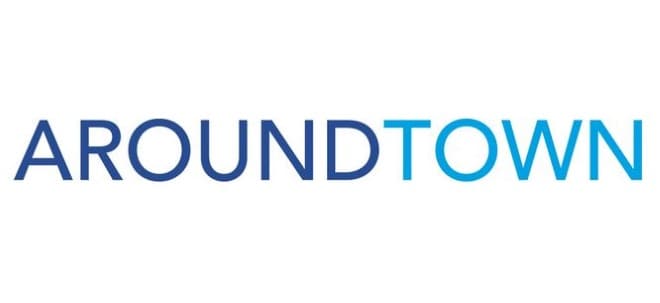Potenzieller Status vom "strategical deposit" ( Chandgana), glaube ich, ist ein Hauptproblem, worum PCY und mongolischer Staat sich nicht einigen können.
... ich würde auch nicht in eine "new Baganuur" investieren wollen....
Strategic importance returns
Article 3.3.2 in the policy document seeks to explain what the controversial term “strategically important deposits” is to be taken to mean. It says: Radioactive elements (U, Th), rare earth minerals, those with deep underground water, those with the ability to compete internationally and domestically, and some deposits with large reserves of gold, coal, metal, copper will be included in the group of strategically important deposits and will be prospected, mined and processed with the cooperation of the government. Of course, the total picture will emerge only when this definition is tallied with what the mineral law says.
An impression was gaining ground that the term “strategic deposits” was on its way out, but now it seems the Ministry of Mining is keen on registering more such deposits that meet the criteria now in force. A few months ago it was announced that 30 new deposits were to be given the strategic status by Parliament. This led to many foreign investors distancing themselves from Mongolia.
True, the number first talked about was 39 and now it has come down to 30. That will make a total of 45 strategic deposits. The Ministry of Mining has made known that Buuruljit and Hushuut coal deposits and rare earth mineral deposits, which were both explored and prospected with government money, are ready to be added to the strategic deposits list. Of the 15 mines that were in the first strategic deposits list, Oyu Tolgoi, Tsagaan Suvarga and the big Tavan Tolgoi have received the most attention thus far. There are even those who believe that if these three are used in the right way that would be more than enough for Mongolia.However, the government is still fumbling with what to do with these three, sending contradictory signals at intervals. In the face of this uncertainty, investors are avoiding all deposits labeled as “strategic”.
The examples of Erdenet, Mongolrostsvetmet, and Baganuur have generally shown that government involvement in running mines breeds inefficiency and corruption, and leads to financial unprofitability. The opinion that we would be better off without legally identified strategic deposits was getting stronger but now this draft policy revives the term, to the surprise of many. Many feel its retention will keep an avoidable controversy alive.
Developed nations of the west have no such term. In Russia the concept is that of “strategically important products”. There is a body of expert opinion in Mongolia which feels that if it is essential to have fresh strategic deposits, the new ones should be picked on the basis of their importance to the local and national economies, of their anticipated contribution to the national budget and export potential. In that case, once a deposit fails to meet the criterion, it would be taken off the list.
In any case, there is no real justification for Mongolia to use, let alone stick to, a term that no other nation uses. The term“strategically important deposit” should have no place in a State policy document, and we hope Parliament will agree with professionals to rid the final version of the policy of this term.
http://en.mongolianminingjournal.com/content/50561.shtml
|
 1 |
... |
108 |
109 |
|
111 |
112 |
...
| 193
1 |
... |
108 |
109 |
|
111 |
112 |
...
| 193



 Thread abonnieren
Thread abonnieren

